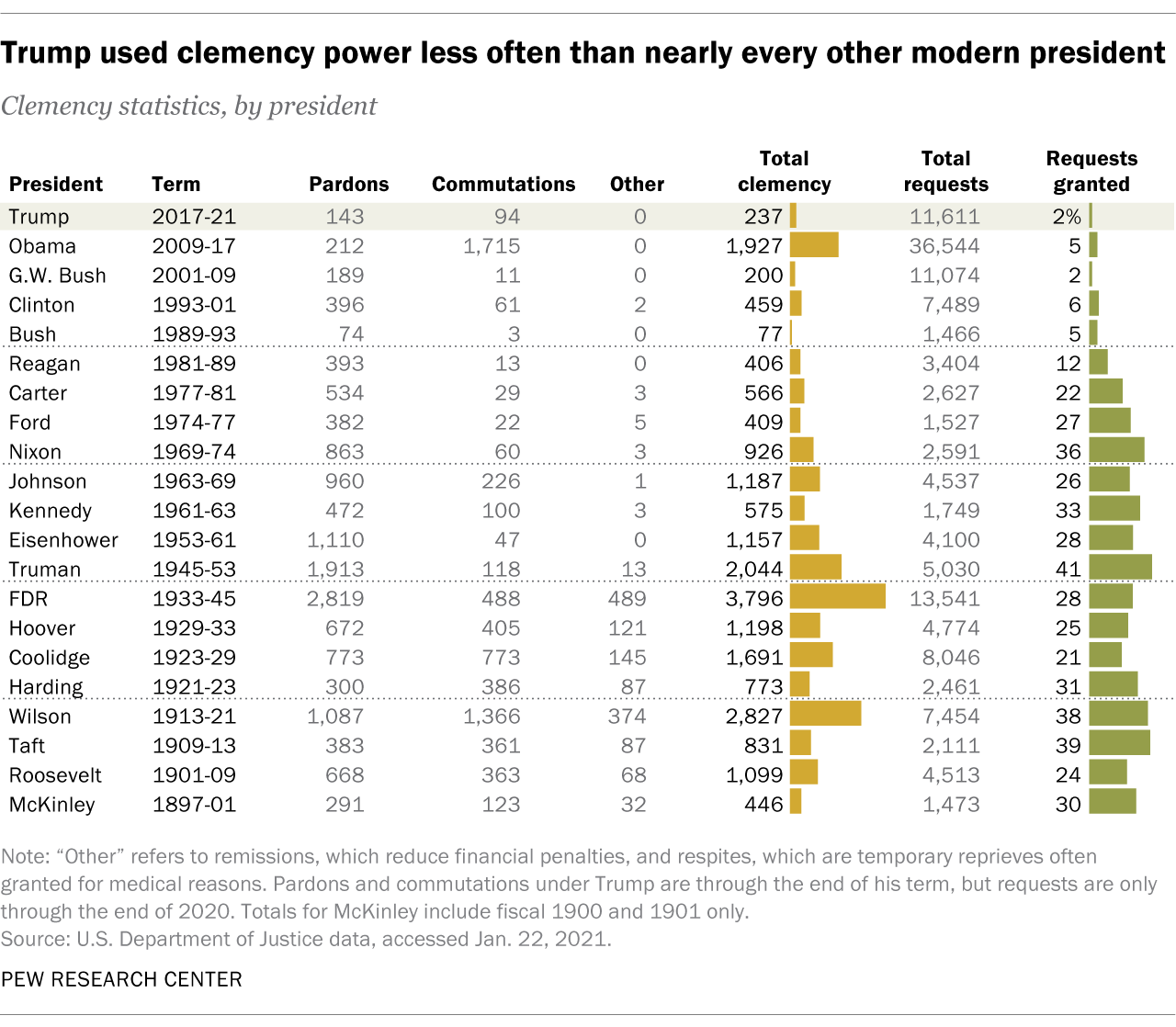Kawasaki Disease Etiology: Emerging Evidence For A Single Respiratory Virus

Table of Contents
The Current Understanding of Kawasaki Disease Etiology
Current theories regarding Kawasaki disease etiology are multifaceted and often inconclusive. Genetic predisposition is suspected, with certain human leukocyte antigen (HLA) alleles showing increased frequency in affected individuals. However, genetic studies haven't definitively identified a single causal gene. Environmental triggers are also implicated, with some studies suggesting a link to infectious agents. However, the lack of a consistent viral marker and the diverse clinical presentations of KD have hampered the identification of a definitive cause.
The challenges in pinpointing the cause of KD are significant:
- Inconclusive genetic studies: While genetic factors play a role in susceptibility, no single gene has been conclusively linked to KD.
- Lack of consistent viral detection: Various viruses have been implicated, but none have been consistently identified in all KD patients.
- Variability in clinical manifestations: The wide range of symptoms makes it difficult to establish a uniform diagnostic criterion and link to a single cause.
- Absence of a reliable diagnostic marker: Diagnosis currently relies on clinical criteria, leading to potential delays in treatment.
Evidence Supporting a Single Respiratory Virus as the Primary Causative Agent
Recent research is increasingly focusing on the potential role of specific respiratory viruses in KD pathogenesis. While several viruses have been investigated, emerging evidence points towards a single, yet-to-be-fully-identified respiratory virus as a primary driver. Epidemiological studies have demonstrated a strong correlation between KD outbreaks and outbreaks of certain respiratory viruses, suggesting a temporal link. Furthermore, studies detecting viral genetic material (e.g., DNA or RNA) in blood and tissue samples from KD patients strengthen this hypothesis.
The supporting evidence includes:
- Increased KD incidence during respiratory virus seasons: A clear seasonal pattern in KD incidence aligns with the peak activity of various respiratory viruses.
- Detection of specific viral genetic material in patient samples: Studies using sensitive molecular techniques have shown the presence of viral genetic material in some KD patients.
- Correlation between viral load and KD severity: Higher viral loads may be associated with more severe KD cases, suggesting a dose-response relationship.
- Immunological responses suggestive of viral infection: The observed immune dysregulation in KD patients aligns with the typical response to a viral infection.
The Role of the Immune System in Kawasaki Disease Pathogenesis
Kawasaki disease is characterized by a dramatic hyperinflammatory response, a cytokine storm, affecting various organs, especially the coronary arteries. A viral infection could trigger this uncontrolled immune response through several mechanisms. The virus might directly or indirectly activate immune cells, leading to the excessive production of pro-inflammatory cytokines. Genetic susceptibility could also play a crucial role, influencing the strength and duration of the immune response.
The immune system's role in KD pathogenesis is multifaceted:
- Dysregulation of the innate and adaptive immune systems: Both arms of the immune system appear to be involved in the aberrant inflammatory response.
- Cytokine storm and its contribution to inflammation: Overproduction of inflammatory cytokines drives the vascular inflammation and organ damage characteristic of KD.
- Potential role of genetic susceptibility in immune response: Genetic variations could influence the individual's response to a viral infection, determining susceptibility to KD.
- The link between viral infection and immune system dysregulation: A viral trigger may initiate a cascade of events leading to the characteristic immune dysregulation observed in KD.
Implications for Diagnosis, Treatment, and Prevention
Identifying a specific respiratory virus as the primary causative agent of KD has profound implications for its management. Early diagnosis through rapid viral detection methods would allow for timely intervention, potentially minimizing coronary artery damage. Targeted antiviral therapies could directly combat the virus, reducing the severity of the inflammatory response. Furthermore, the development of a vaccine based on the identified virus offers the ultimate preventive strategy.
The implications are transformative:
- Improved diagnostic tools for early intervention: Rapid diagnostic tests for the specific virus would facilitate early diagnosis and treatment.
- Development of specific antiviral treatments: Antiviral therapies could directly target the virus and mitigate the inflammatory response.
- Prevention strategies through vaccination: A vaccine could prevent KD altogether, offering a significant public health benefit.
- Reduced morbidity and mortality associated with KD: Early diagnosis, effective treatment, and prevention could significantly reduce KD-related complications.
Conclusion: Moving Forward in Understanding Kawasaki Disease Etiology
The emerging evidence strongly suggests a critical role for a single respiratory virus in Kawasaki disease etiology. This understanding offers a significant opportunity to improve diagnosis, treatment, and prevention strategies. Further research focusing on identifying the specific viral agent and understanding its interaction with the human immune system is crucial for developing effective therapies and ultimately eradicating this debilitating disease. Stay informed about the latest research on Kawasaki disease etiology and the role of respiratory viruses to contribute to this vital area of medical advancement. Let's work together to unravel the mysteries of Kawasaki disease and improve the lives of those affected.

Featured Posts
-
 San Diego Airport Ground Stop Understanding The Implications
May 30, 2025
San Diego Airport Ground Stop Understanding The Implications
May 30, 2025 -
 Trump Issues 26 Clemency Grants Details On The Pardons And Commutations
May 30, 2025
Trump Issues 26 Clemency Grants Details On The Pardons And Commutations
May 30, 2025 -
 Poy Na Deite Tis Tileoptikes Metadoseis Toy Pasxa 2024 E Thessalia Gr
May 30, 2025
Poy Na Deite Tis Tileoptikes Metadoseis Toy Pasxa 2024 E Thessalia Gr
May 30, 2025 -
 L Histoire Mouvementee De La Deutsche Bank Un Siecle De Defis Et De Transformations
May 30, 2025
L Histoire Mouvementee De La Deutsche Bank Un Siecle De Defis Et De Transformations
May 30, 2025 -
 White House Cocaine Incident Secret Services Investigation Results
May 30, 2025
White House Cocaine Incident Secret Services Investigation Results
May 30, 2025
